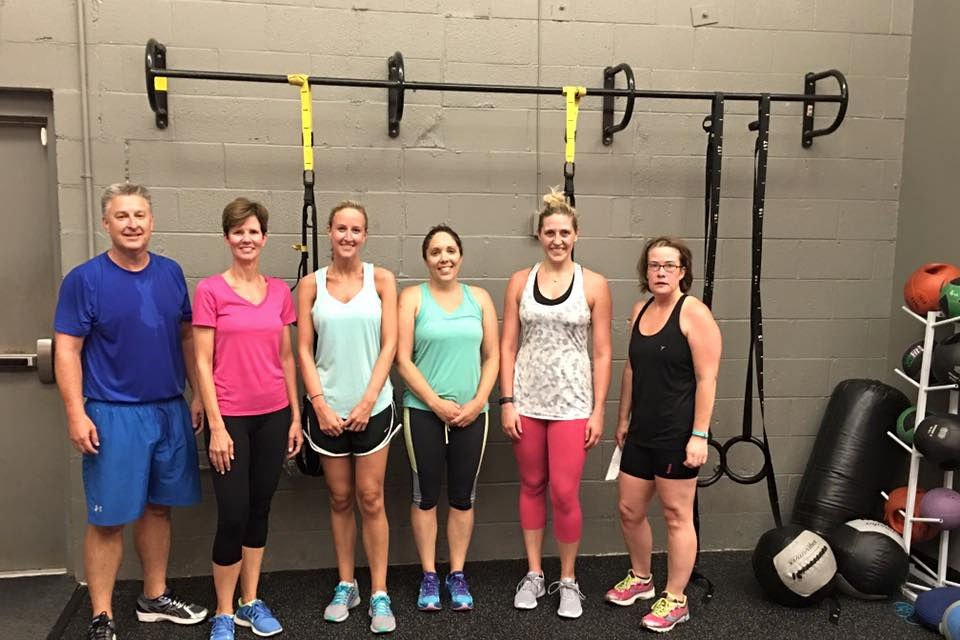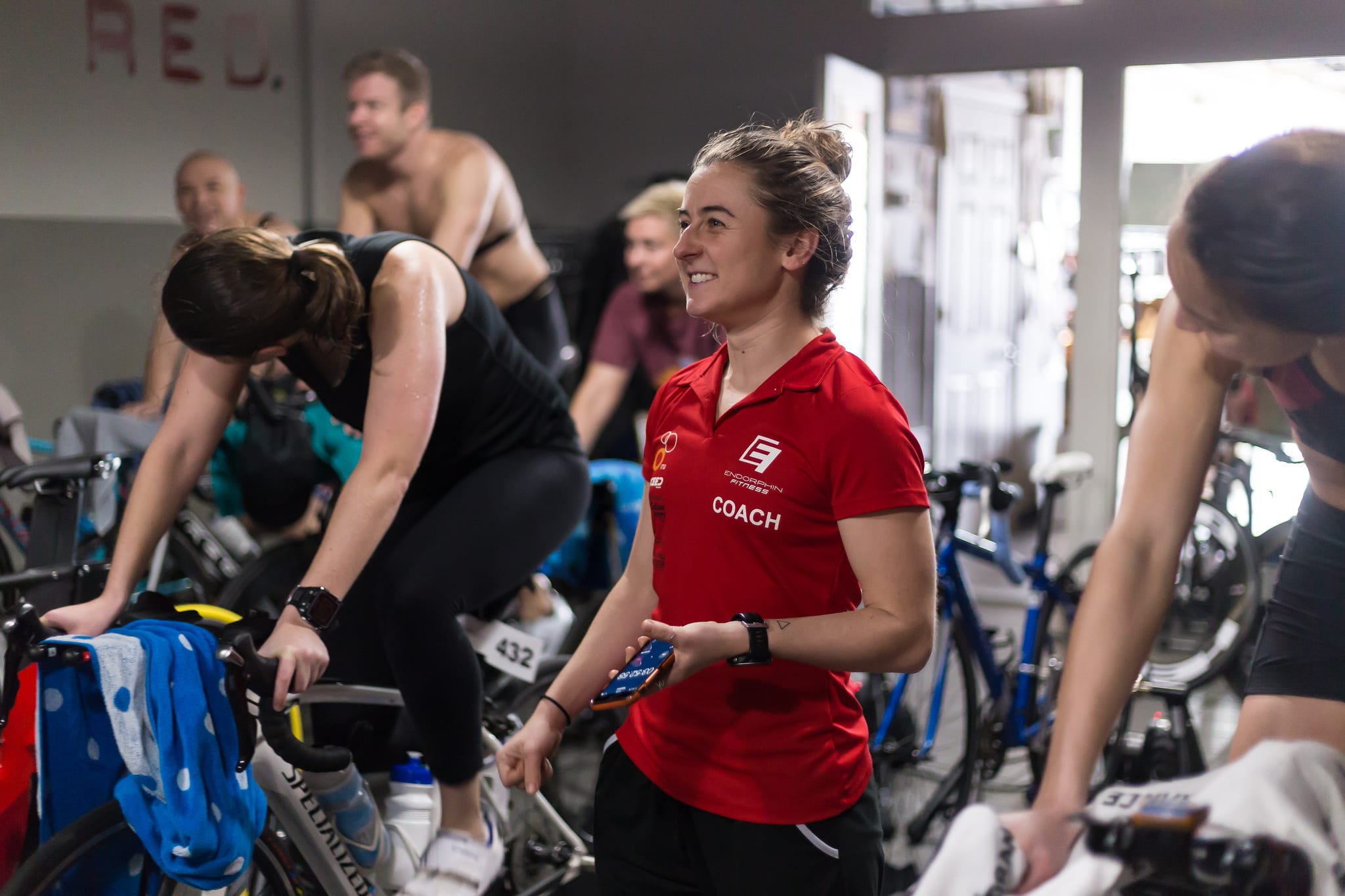

Every year, we see more and more cross-country state titles being won by triathletes. How could this be with them starting their seasons late and giving up specificity for more time in the pool and on the bike? Well, that exactly is a triathlete’s special sauce.
Specificity matters but total training volume matters more. Speaking generally, a high school runner might be able to run 40-50 miles per week without breaking down physically and suffering an injury which might equate to around 5.5 hours of training weekly. Compare this to a triathlete who might only run 25-35 miles per week (4 hours / week) but is developing aerobic endurance and capacity another 10 hours per week with swimming and cycling. Looking at pure aerobic development, it is hard to compete with that triathlete. But there is far more to this advantage. The triathlete also is achieving the higher volume with less stress on his or her body due to cycling and swimming not being load-bearing sports. Additionally, the triathlete is fresher mentally due to more variability in his or her training and therefore less likely to burnout or fail to perform due to mental fatigue. Lastly, the triathlete is working a larger variety of muscle groups which builds a body that is more resistant to injury. The greatest limiter to a runner is injury!
Athletes, what should you do with this information? If you a triathlete who is focusing on a running event currently, keep swimming and biking. If you are on a school team, ask the coach to modify your training considering your swimming and cycling. If your coach has doubts, challenge him to test the theory with you. If you a runner, incorporate cross training into your training program. You don’t need to become a triathlete, but you should be mixing up your training with other forms of exercise.
Not sure? I challenge you to try it.
To watch Michael deliver this message by video, go to https://youtu.be/GhkFhODSPGk.





